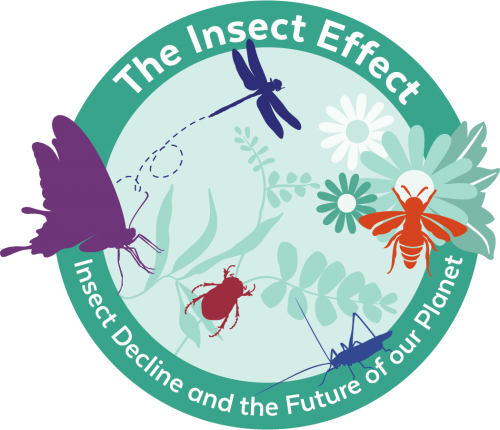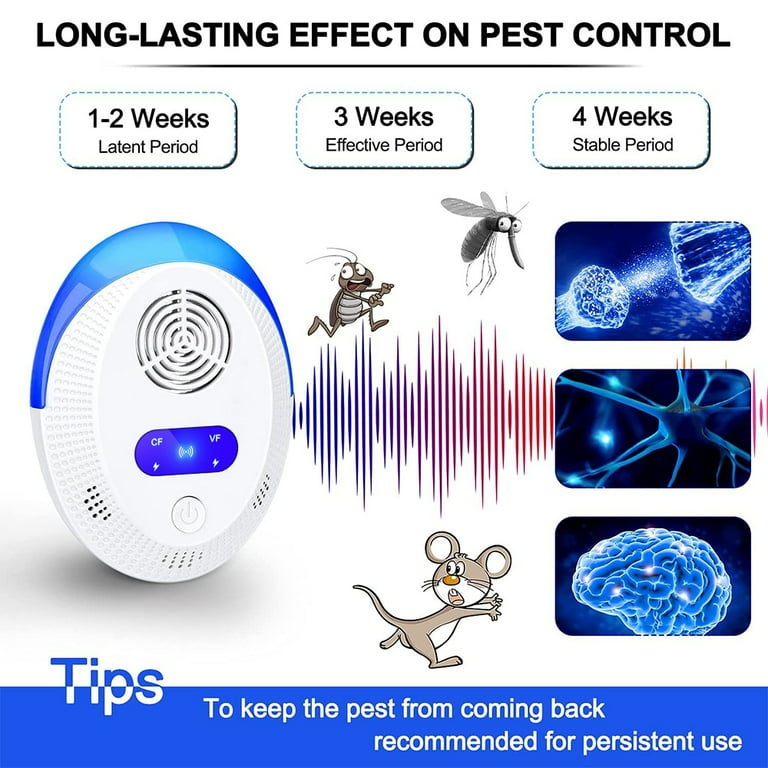The Only Guide for Eco Bed Bug Exterminators Dc
The Only Guide for Eco Bed Bug Exterminators Dc
Blog Article
Some Known Facts About Eco Bed Bug Exterminators Dc.
Table of ContentsHow Eco Bed Bug Exterminators Dc can Save You Time, Stress, and Money.Things about Eco Bed Bug Exterminators DcEco Bed Bug Exterminators Dc Can Be Fun For EveryoneEco Bed Bug Exterminators Dc for BeginnersEco Bed Bug Exterminators Dc Things To Know Before You Buy
Due to the fact that chemicals are hazardous, they are additionally possibly unsafe to humans, animals, other microorganisms, and the environment. Therefore, people who utilize pesticides or routinely come in call with them must recognize the loved one toxicity, prospective wellness results, and preventative measures to minimize direct exposure to the items they utilize. Risk, or threat, of using pesticides is the potential for injury, or the level of risk associated with making use of a pesticide under a given collection of conditions.
Nonetheless, applicators can lessen or virtually get rid of direct exposure-- and hence lower hazard-- by following the tag directions, utilizing individual protective garments and devices (PPE), and taking care of the pesticide correctly. For example, more than 95 percent of all pesticide direct exposures come from dermal direct exposure, mainly to the hands and forearms. By using a pair of unlined, chemical-resistant handwear covers, this type of exposure can be nearly gotten rid of.
The dangerous impacts that take place from a single direct exposure by any kind of course of entrance are called "severe effects." The 4 routes of exposure are dermal (skin), breathing (lungs), oral (mouth), and the eyes. Acute poisoning is established by analyzing the facial poisoning, inhalation toxicity, and dental poisoning of test pets.
8 Simple Techniques For Eco Bed Bug Exterminators Dc
Severe toxicity is determined as the quantity or concentration of a toxicant-- the a.i.-- needed to eliminate half of the animals in an examination populace. This action is normally expressed as the LD50 (deadly dose 50) or the LC50 (lethal concentration 50). Furthermore, the LD50 and LC50 worths are based upon a single dosage and are recorded in milligrams of chemical per kilo of body weight (mg/kg) of the examination animal or partly per million (ppm).
The lower the LD50 or LC50 value of a chemical product, the higher its poisoning to people and pets. Chemicals with a high LD50 are the least harmful to people if made use of according to the instructions on the product tag. The chronic toxicity of a chemical is identified by subjecting examination pets to lasting exposure to the energetic component.
The persistent poisoning of a pesticide is harder than acute toxicity to determine with lab analysis. Products are classified on the basis of their relative severe poisoning (their LD50 or LC50 values). Pesticides that are identified as very poisonous review (Toxicity Classification I) on the basis of either oral, dermal, or inhalation toxicity must have the signal words threat and POISON printed in red with a head and crossbones symbol plainly presented on the front panel of the package label.
The intense (single dose) oral LD50 for chemical items in this group varies from a trace amount to 50 mg/kg. Exposure of a few declines of a product taken orally can be deadly to a 150-pound individual. https://trello.com/w/ecobedbug3xt_. Some chemical products have just the signal word threat, which informs you absolutely nothing about the severe poisoning, just that the product can cause serious eye damages or serious skin irritation
3 Simple Techniques For Eco Bed Bug Exterminators Dc
In this group, the acute oral LD50 arrays from 50 to 500 mg/kg. A teaspoon to an ounce of this product might be deadly to a 150-pound person (bed bug spray). Chemical items classified as either a little harmful or fairly nontoxic (Poisoning Classifications III and IV) are called for to have the signal word CAUTION on the chemical tag

All pesticide toxicity valuesPoisoning worths the LD50, can be found on discovered product's Item Safety Product Sheet (MSDS). Pesticide labels and MSDS can be obtained from stores or produces - https://linktr.ee/ecobedbug3xt. The signs and symptoms of pesticide poisoning can range from a mild skin inflammation to coma or even death.
People also differ in their level of sensitivity to various degrees of these chemicals. Some people may show no response to an exposure that may cause serious health problem in others (exterminator near me). As a result of prospective wellness worries, pesticide individuals and handlers must acknowledge the common indications and signs and symptoms of chemical poisoning. The effects, or signs and symptoms, of chemical poisoning can be extensively defined as either topical or systemic.
Eco Bed Bug Exterminators Dc Fundamentals Explained
Dermatitis, or inflammation of the skin, is accepted as the most frequently reported topical result related to chemical direct exposure. Signs and symptoms of dermatitis array from reddening of the skin to breakouts and/or sores. Some people tend to cough, wheeze, or sneeze when exposed to pesticide sprays. Some people respond to the solid odor and irritating impacts of oil distillates used as service providers in chemical items.
This sign usually subsides within a few minutes after an individual is gotten rid of from the exposure to the toxic irritant. However, a reaction to a chemical item that creates someone not only to sneeze and cough yet likewise to develop severe intense respiratory signs is most likely to be a real hypersensitivity or allergy.
Systemic impacts are quite various from topical impacts. They commonly take place away from the original point of call as a result of the pesticide being soaked up right into and dispersed throughout the body. Systemic results frequently include queasiness, vomiting, fatigue, migraine, and digestive tract problems. In sophisticated poisoning situations, the person may experience adjustments in heart rate, trouble breathing, convulsions, and coma, which might cause fatality.
Report this page